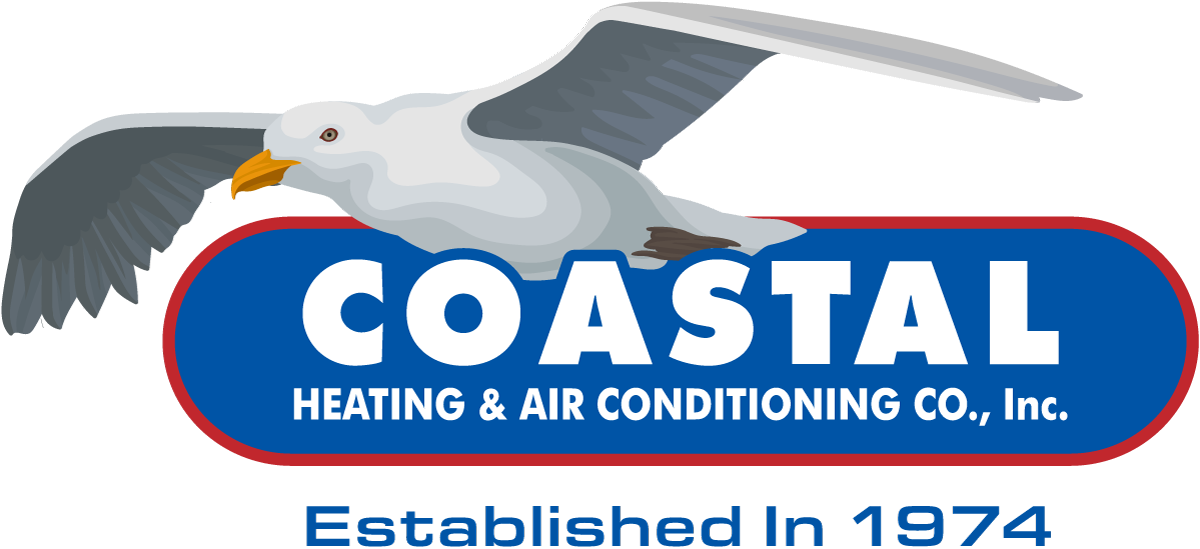Are you considering a new ventilation system for your home? One of the things you need to learn about apart from the price, efficiency, and lifespan of the ventilation system, is how it’ll work. Keep reading to learn what a whole-home ventilation system can do for your Severna Park, MD, home.
Why Your Home Needs Ventilation
Remember when you have the windows closed all winter or for long stretches during other times of the year? Your home may feel stuffy. But that quickly goes away once you open a window. All homes need ventilation as it’s vital to the health and comfort of those who live there.
Ventilation helps you rid your home of excess moisture, indoor pollutants, odors and bacteria. Proper ventilation reduces asthma and allergy triggers, reduces the effects of radon gas and improves the indoor air quality of your home. Excess moisture in the home leads to high humidity levels that damage the structure of your home and leads to microbial growth.
What’s a Ventilation System and How Does It Work
A home ventilation system exchanges stale indoor air for fresh outdoor air. Proper ventilation levels in the home keep your home energy-efficient, safe and healthy. A ventilation system consists of ductwork, exhaust fans, intentional vents and passive vents. Below we’ll talk about four ventilation system types for your whole-home ventilation needs.
While most ventilation systems for the home pressurize or depressurize a home, a balanced ventilation system does not. Balanced ventilation systems bring in and exhaust equal quantities of indoor and outside air, making this system best for all climates. They contain two fans and two duct systems, one for incoming air and one for outgoing air.
Balanced heat recovery ventilation systems reduce your heating and cooling costs through heat transfer. In the winter, the heat recovery ventilation system transfers heat from warm inside air to the colder incoming air. It does the opposite in the summer months.
Exhaust ventilation depressurizes buildings and homes to extract indoor air from the home. This system depends on leaks in the home’s shell and vents to bring air indoors from outside, which means this type isn’t recommended for those in cold climates. This system typically has a single fan and usually installs in kitchens and bathrooms.
Supply ventilation systems use a fan to force in the air from outside while indoor air leaks through holes and cracks in the home and any vents or ducts. They better control the air that comes into the home than exhaust ventilation systems and avoid backdrafting from fireplaces and appliances. Supply ventilation works well in hot or mixed climates and allows for filtration of pollen, dust and humidity.
Benefits of Whole-Home Ventilation
Beyond keeping your home comfortable and within the proper humidity levels, there are other benefits that whole-home ventilation has to offer. These include:
- Controls indoor pollution: Whole-home ventilation controls pollutants in the home that trigger allergies, asthma and other health issues. When you control the pollutants in your home, you’re able to improve indoor air quality.
- Reduces Radon gas concentrations: Radon gas is a radioactive, colorless and odorless gas. It forms when uranium naturally breaks down in the soil.
- Removes cooking odors and grease buildup: During the winter, there’s an increased amount of cooking done at home, especially during the holidays. While some aromas are pleasant, you don’t want other scents to linger. Another benefit of ventilation is that it prevents the buildup of grease from vapor on your kitchen walls, windows and blinds.
- Removes bathroom odors: A good ventilation system removes bathroom odors that naturally occur from the use of the room — particularly if you have indoor pets that have a litterbox in the bathroom as well.
- Proper humidity levels: With no ventilation, your home either has too little or too much humidity. High humidity in the home causes moisture buildup and microbial growth. Low humidity causes static electricity buildup, dry skin and increased susceptibility to respiratory illnesses
We understand how important good ventilation is for your home as well as your other HVAC needs. Coastal Heating & Air Conditioning Co., Inc. installs HVAC systems of all types. Contact us for your whole-home HVAC needs.
Image provided by iStock



